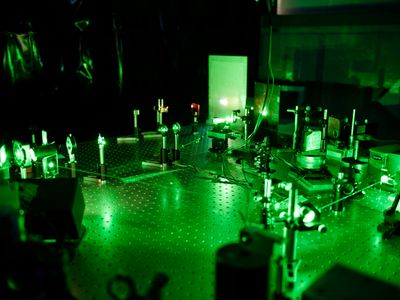The course starts with a short introduction to the laser and its physical properties. We then discuss light-matter interaction using a quantum mechanical description, starting from the basics of atoms and molecules. We study a number of modern spectroscopic techniques and their use in biological and chemical physics, medicine, and environmental science. Focus is on practical examples from society and advanced techniques used in the research laboratory. The course includes laborations where we apply the measurement techniques and the data analysis studied.
The main topics of the course are: Structure and dynamics of molecules. The construction and function of lasers. Interaction between light and matter. Laser types: narrow band and tunable, continuous wave and pulsed lasers, ultra-fast lasers and their physics. Laser applications in molecular physics and chemical physics: high resolution spectroscopy, short lived molecules (free radicals and ions), laser induced breakdwn spectroscopy (LIBS) femtosecond chemistry and spectroscopy, the use of the laser in medicine and for diagnostic purposes.
